Search
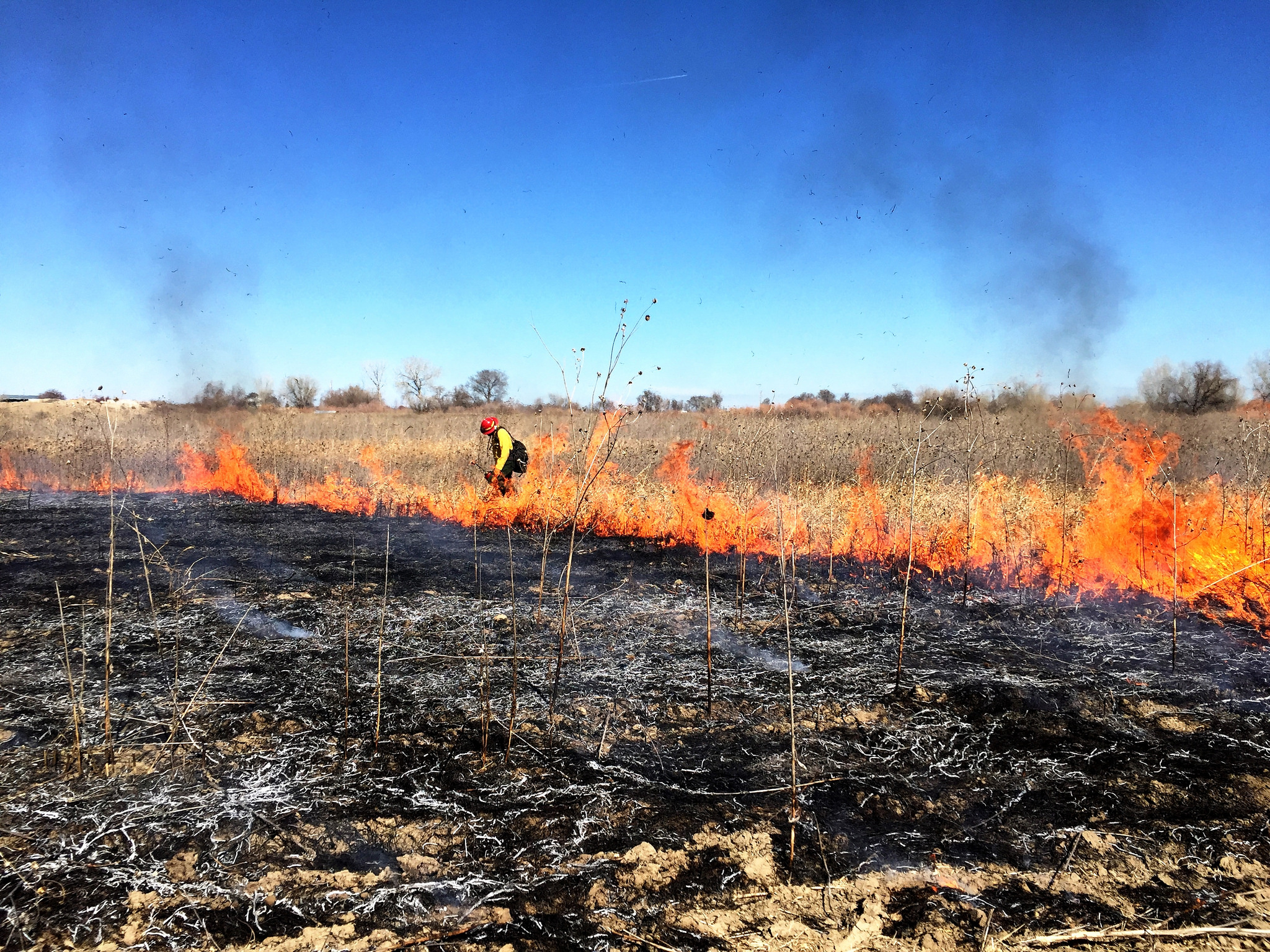
Fall Fire Safety
The moisture and cooler temperatures of fall make it easy to become lax about fire danger, however, conditions can still lead to easy ignition and rapid growth of wildfires.
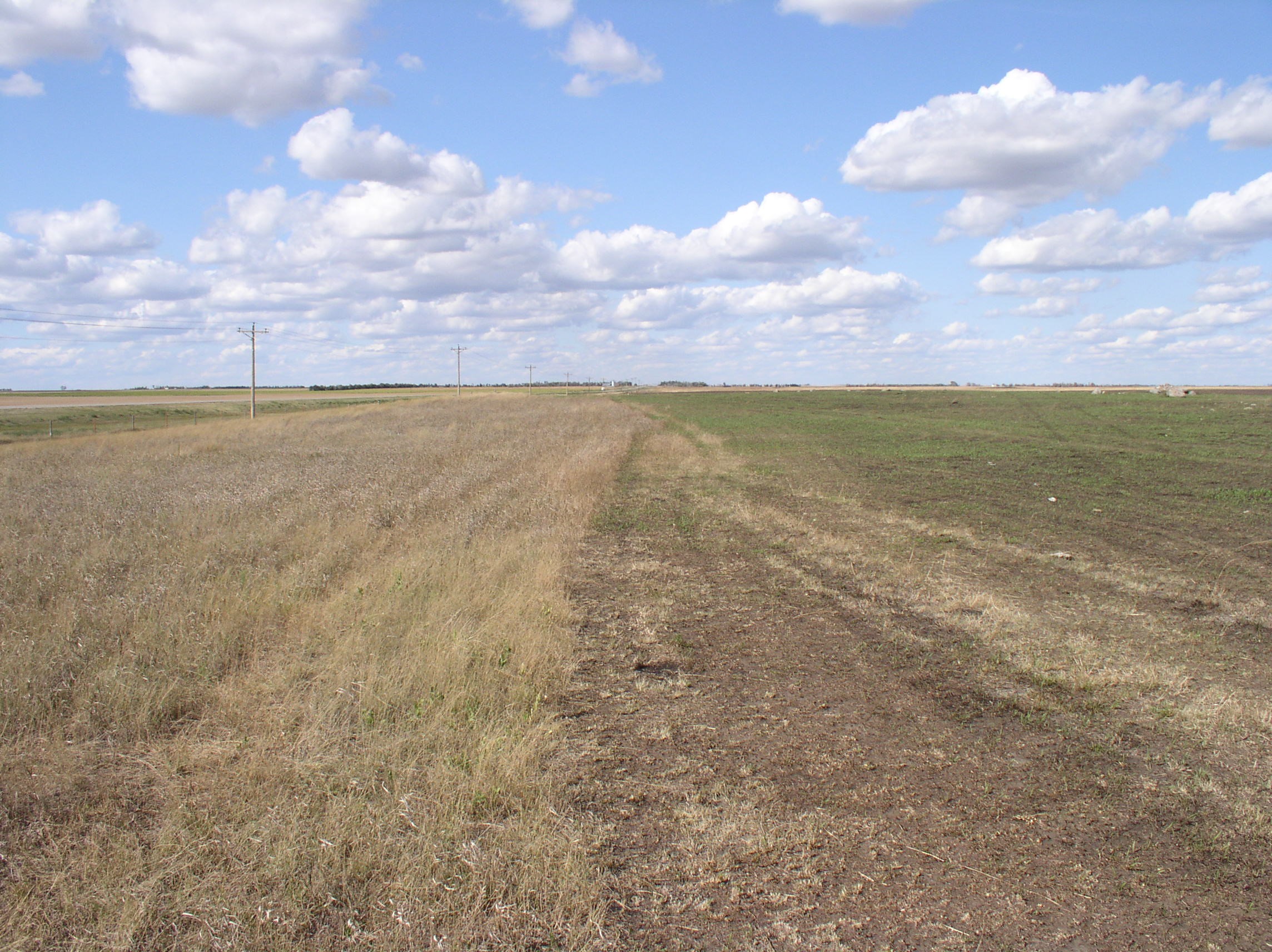
Management for Recovery of Rangeland After Wildfire
Because fire is a natural component of Northern Great Plains grassland ecosystems, prairie vegetation is very well adapted to recover following a fire.
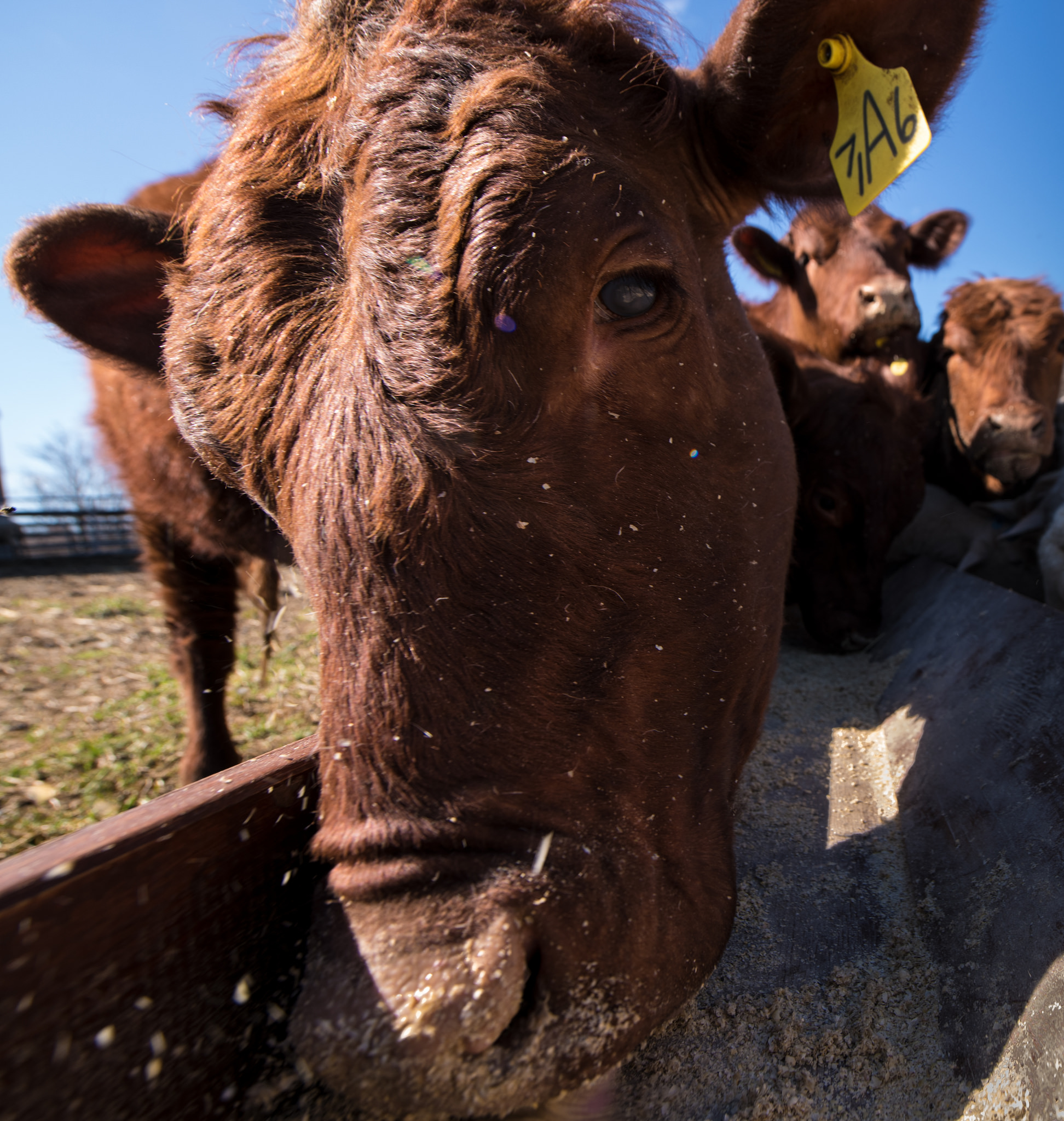
Limited Forage: What Are Some Alternatives?
Research has shown that a variety of feedstuffs can be utilized to meet the cows’ nutrient requirements with similar performance to hay or hay plus supplement ration.

Flood Insurance
The higher amounts of snow this year will increase the chance of flooding and the potential water damage to homes and residential properties. Now is the time to consider purchasing a flood insurance policy.

Inundaciones: sugerencias útiles
La primavera en el Medio Oeste siempre trae el riesgo de inundaciones, sea por la nieve que se derrite o por lluvia en exceso.

Managing Cow/Calf Pairs With Excess Spring Moisture
Flooding, blizzard conditions and excess snow can wreak havoc on livestock producers. While there is little one can do to stop the melting snow and rising waters, we can try to manage around the water by preparing alternative livestock and feeding areas.
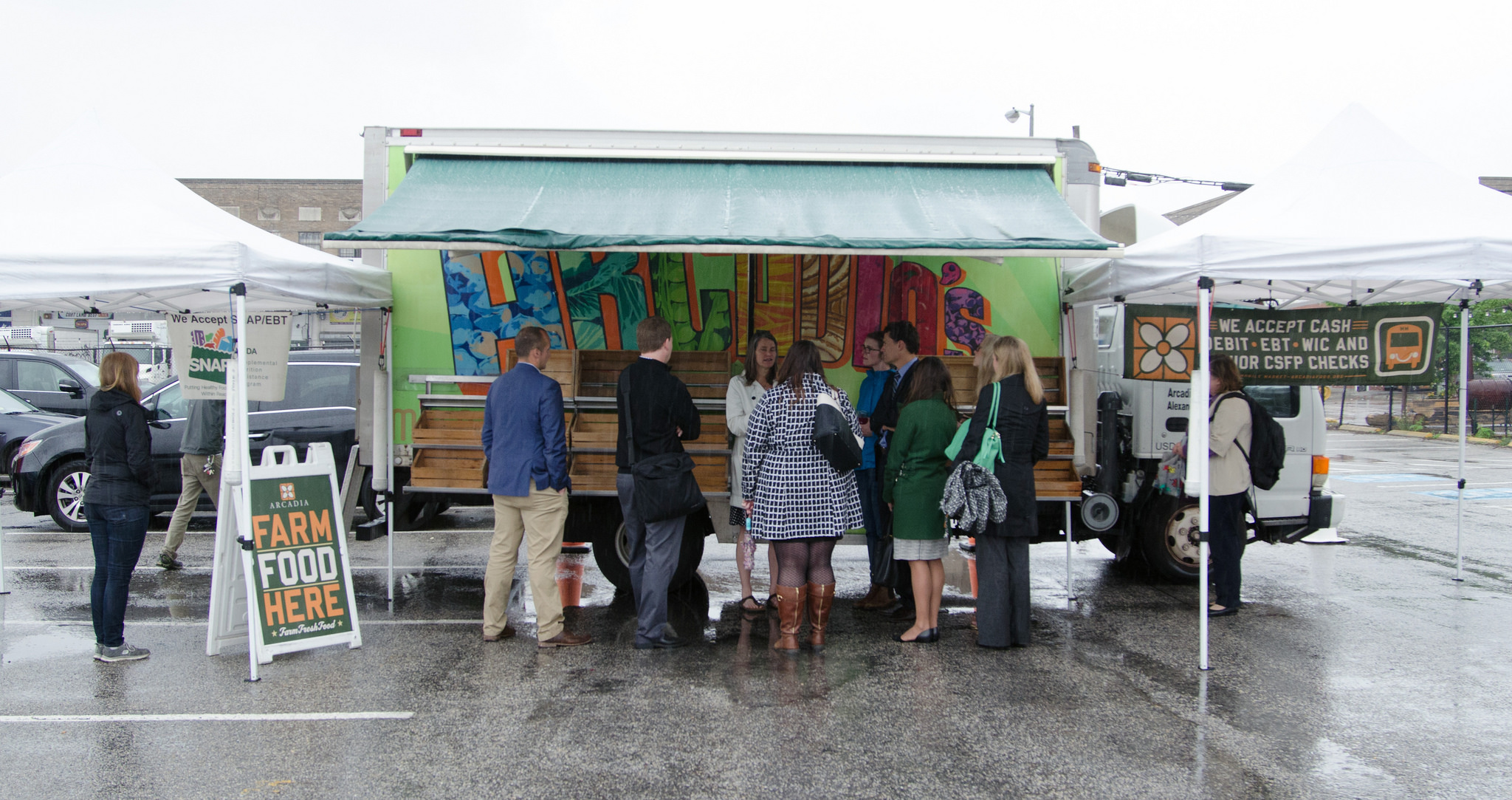
The Benefits of Food Hubs
Food hubs provide another marketing option to producers who do not have time to participate in a farmers market or other direct marketing venues.
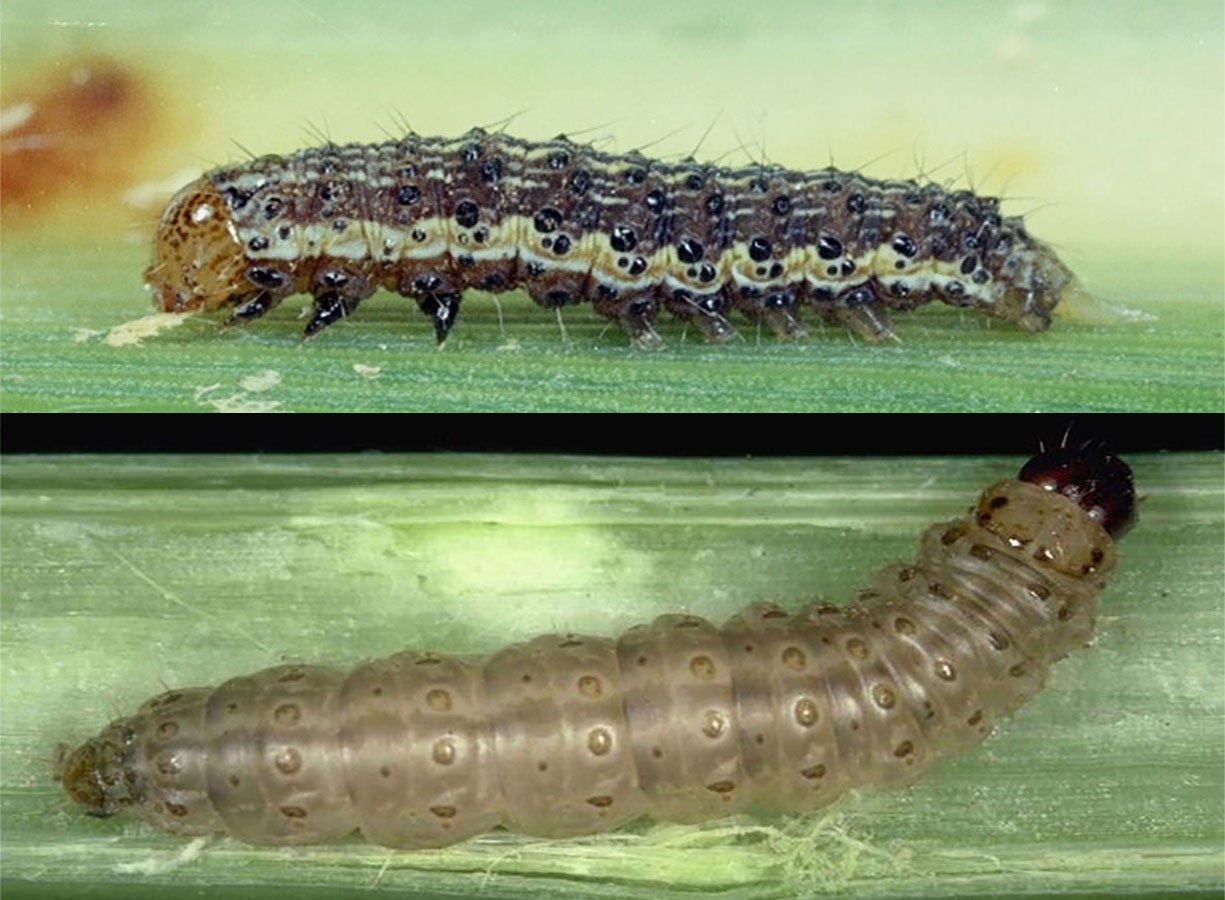
A Case of Mistaken Caterpillar Identity
Tweets about European corn borer (Ostrinia nubilalis) caterpillars in the stems of conventional corn and feeding in the whorls of corn are crossing my Twitter feed. Unfortunately, there is a problem with some of these tweets. Not all of the caterpillars that are being identified as European corn borer caterpillars are actually European corn borer caterpillars!
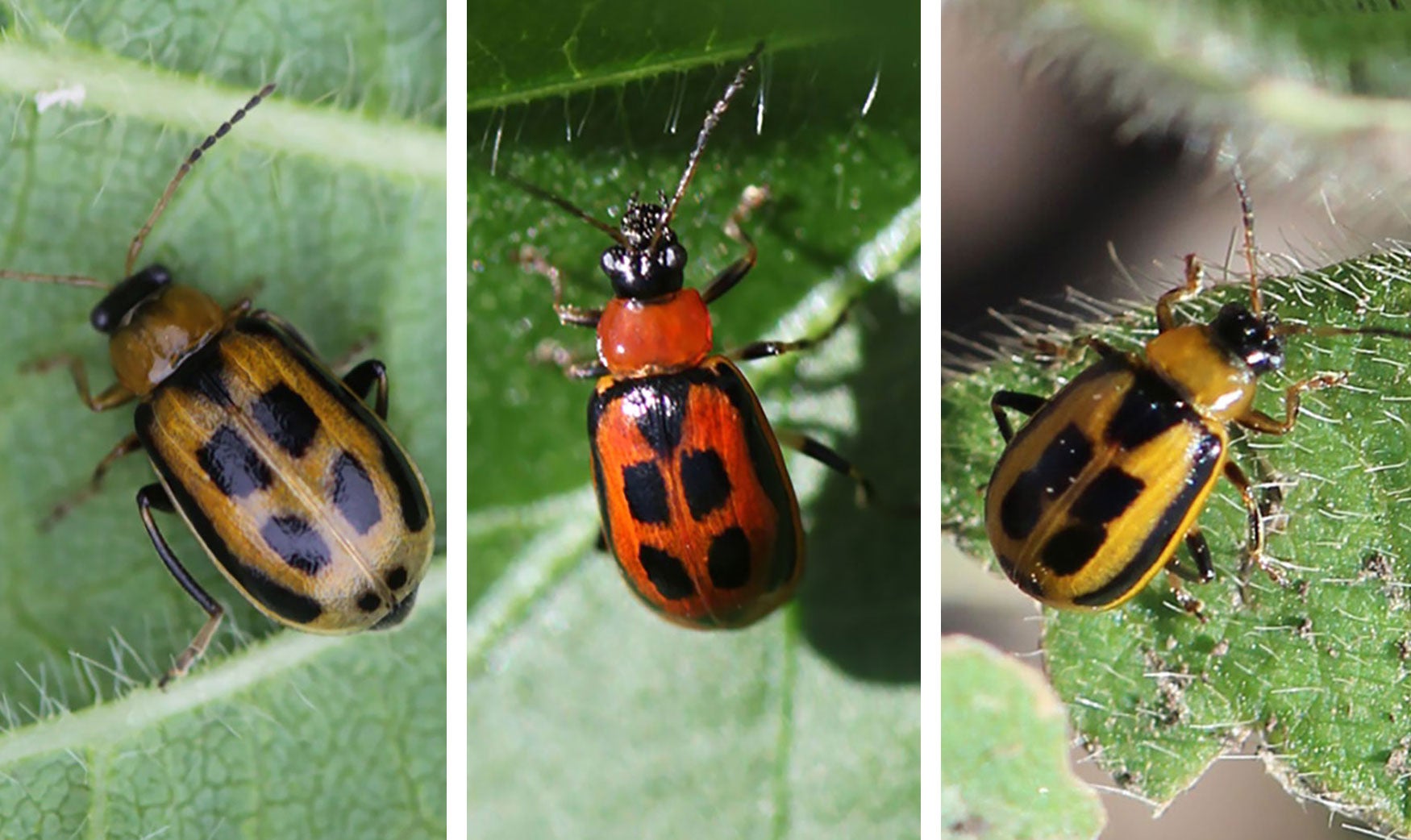
Bean Leaf Beetles Are Back: Adults Observed Near Beresford
Earlier this year, we observed a large emergence of overwintering bean leaf beetles throughout much of the state. We are again observing quite a few bean leaf beetles beginning to emerge. These emerging beetles are the result of overwintering beetles mating and laying eggs.

How to Scout For Soybean Gall Midge
Soybean gall midge have been reported in three counties in South Dakota in the past week: Clay, Union and Lincoln. Scouting for soybean gall midge can be as simple as finding wilting or dying plants along the edge of the field, or it can be rather difficult if the plants are currently asymptomatic.